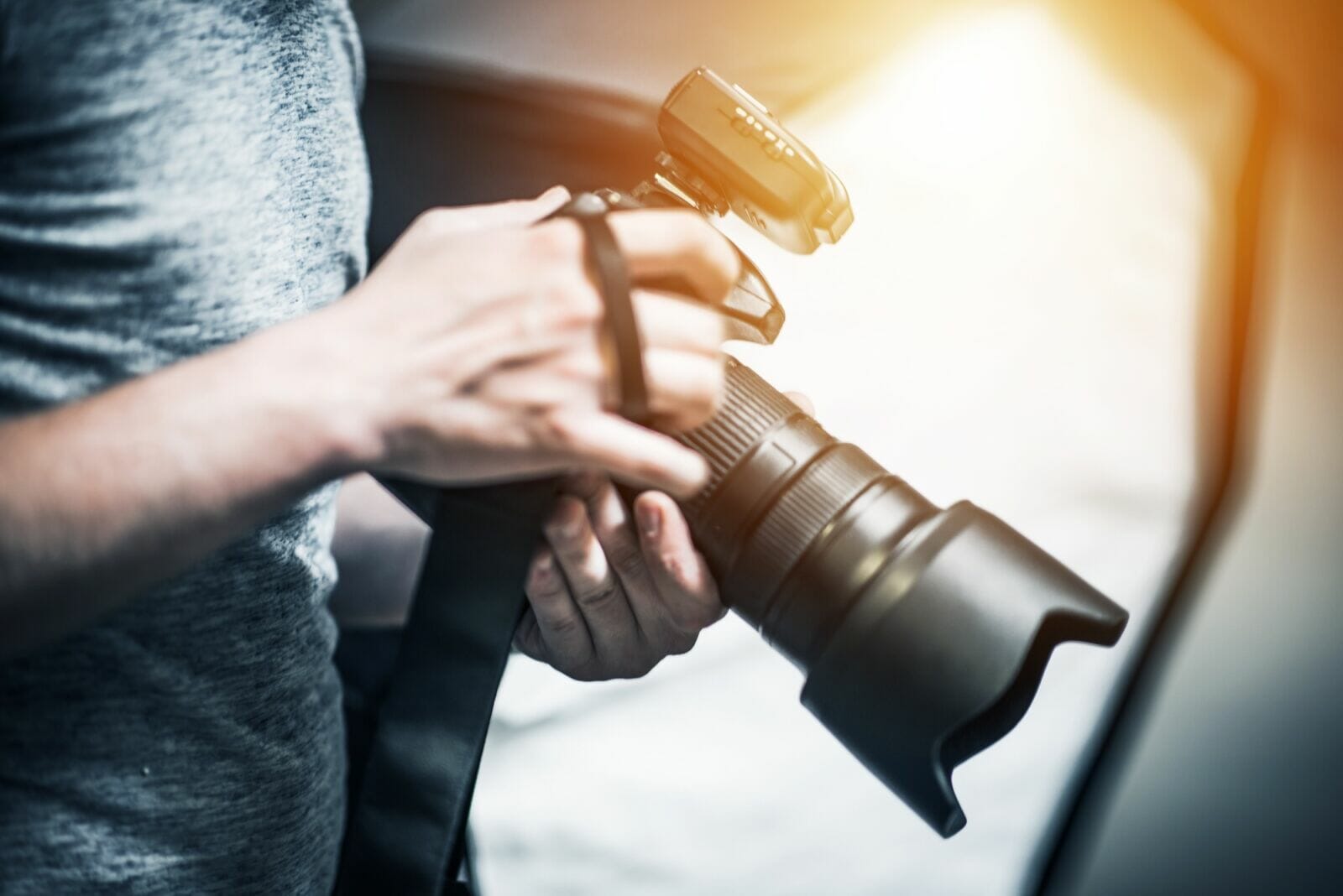Picture this: You’re standing in pitch darkness, waving lights around like a mad wizard, while your camera sits there taking it all in. Sounds crazy, right? Well, welcome to the wild world of light painting photography! It’s where art meets tech, and where love stories come to life in trails of light. Let’s dive into this quirky corner of photography and see how couples are literally painting their love with light.
Getting Started: More Than Just a Flashlight and a Dream
Alright, first things first. You might think you need some fancy-schmancy gear to get started, but hold your horses! While a decent camera that can handle long exposures is a must, the rest is pretty much up to your imagination. From LED strips to sparklers, even that old flashlight gathering dust in your drawer can be your paintbrush. The key is to let your creative juices flow and not be afraid to look a little silly in the process.
But hey, let’s talk camera settings for a hot second. You’ll want to cozy up to your camera’s manual mode – it’s about to become your new best friend. Set that ISO low (we’re talking 100-400 range) to keep things nice and clean, and open up that aperture wide (think f/8 to f/16). Now, for the star of the show: shutter speed. This is where the magic happens, folks. We’re talking anywhere from 10 seconds to, well, how long can you stand still? 30 seconds? A minute? The longer the exposure, the more time you have to paint your masterpiece. Just remember, practice makes perfect, and half the fun is in the experimenting!
Techniques to Make Cupid Jealous
Forget the cliché heart shapes – we’re in 2024, and it’s time to level up! The latest trend is all about seamlessly blending light painting with the wedding’s environment and theme. Think geometric patterns that complement modern venues or organic, flowing lines for rustic outdoor weddings. One hot technique right now is creating “light portals” – imagine the couple framed by a glowing doorway of light, symbolizing their step into a new life together.
Drones are making a big splash in wedding light painting too. Work with a licensed drone operator to create mind-blowing aerial light paintings. Picture this: the couple on a beach, surrounded by intricate mandala patterns drawn by drones equipped with programmable LED lights. It’s next-level stuff that’ll have your clients’ jaws on the floor.
Now, let’s talk about incorporating technology. The latest LED pixel whips and programmable light sticks are game-changers. These babies can display custom images or text as you move them, allowing you to “draw” the couple’s monogram, wedding date, or even a pixelated portrait in midair. Pair this with long exposure, and you’ve got yourself a show-stopper.
Location, Location, Location: Setting the Stage for Your Light Show
Here’s where things get really interesting. The world is your canvas when it comes to light painting for weddings. But choosing the right location can make or break your shot. It’s not just about finding a dark spot anymore – it’s about finding a place that resonates with the couple’s story and amplifies your light painting magic.
When scouting locations, keep these factors in mind:
- Ambient light: You want it dark, but not too dark. A bit of ambient light can add depth to your shots.
- Backdrop interest: Look for locations with interesting architectural elements or natural features.
- Accessibility: Make sure you can easily set up your gear and move around safely in the dark.
- Symbolism: Choose spots that mean something to the couple or represent their journey together.
- Weather considerations: Have a backup plan for outdoor locations in case of rain or wind.
Now, let’s talk specifics. Here are some trending locations that are killing it in the wedding light painting game:
- Industrial chic: Abandoned warehouses or factories offer amazing textures and a raw, edgy vibe.
- Nature’s embrace: Forest clearings, beaches at twilight, or desert landscapes provide stunning natural backdrops.
- Urban jungle: City rooftops or quiet street corners can offer a mix of darkness and ambient city lights.
- Historic charm: Old churches, castles, or vintage buildings add a touch of timeless romance.
- Unique venues: Think art galleries, museums after hours, or even amusement parks for a playful twist.
Remember, the key is to match the location with your light painting concept and the couple’s personality. A formal, elegant couple might prefer a sophisticated urban setting while adventure-loving duos might opt for a mountaintop or a hidden cave.
Pro tip: Always visit your chosen location at the same time of day you’ll be shooting. The light can change dramatically, and you want to know exactly what you’re working with.
Speaking of pro tips, if you’re looking to up your game and get inspired by the best in the business, here’s a golden nugget for you: visit the https://wezoree.com/ for details on the latest wedding photography trends and techniques. Wezoree is a cool platform for wedding vendors to feature their works, and it’s an absolute goldmine for scrolling through the portfolios of top-notch wedding photographers worldwide. You can learn a ton about their light painting techniques, location choices, and how they’re pushing the boundaries of wedding photography.
Capturing the Magic: It’s All in the Details
Okay, so you’ve got your spot, your lights, and a couple ready to paint the town red (or whatever color they choose). Now comes the tricky part – actually capturing the shot. This is where patience becomes your best friend. It might take a few tries to get everything just right, but that’s part of the fun! Play around with your camera settings, try different exposure times, and don’t be afraid to boss your couple around a bit. Sometimes the best shots come from happy accidents!
But let’s dive deeper into the nitty-gritty of nailing that perfect shot. Composition is key, folks. Use the rule of thirds to guide your light painting, placing key elements at intersection points for maximum impact. And here’s a pro tip: start with a base exposure of the couple and the scene, then layer your light painting on top in a separate exposure. This gives you more control and allows for some killer composite work in post.
Conclusion
In the end, light painting photography is more than just a trendy technique – it’s a powerful tool in your wedding photography arsenal that can create truly unforgettable moments. It’s a chance for couples to see their love story illuminated in ways they never imagined, a luminous testament to their bond that’s as unique as they are. As a wedding photographer, mastering this art form allows you to offer something extraordinary, turning fleeting moments into eternal masterpieces.




